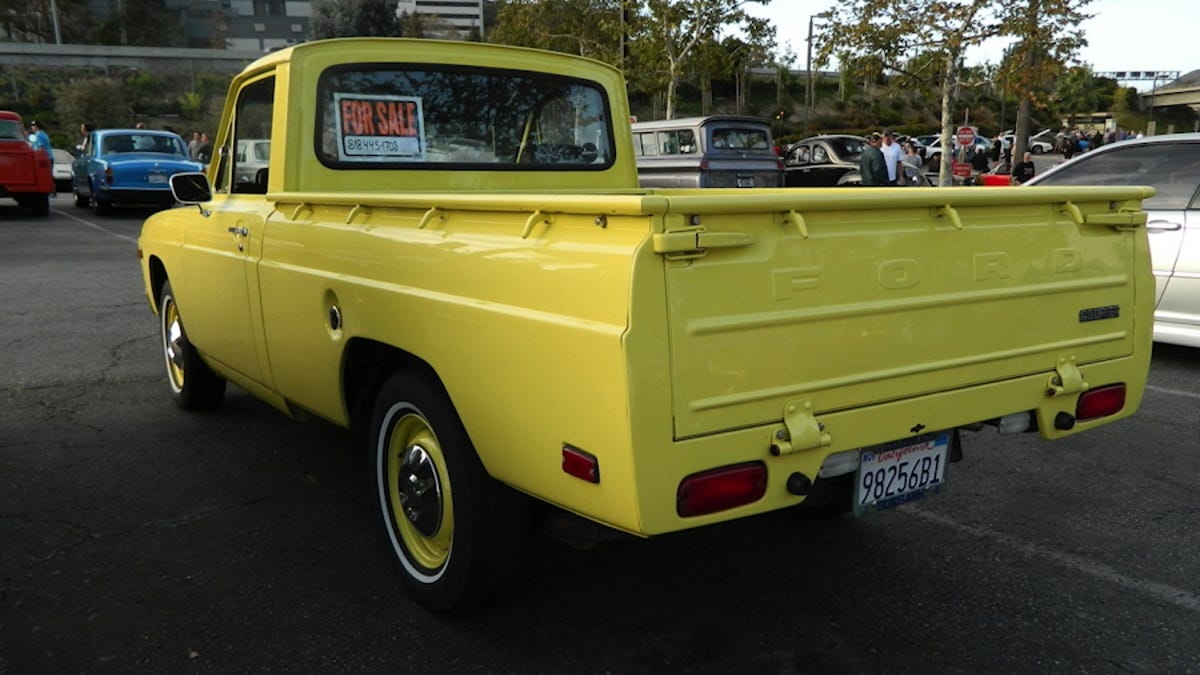

That means that these parts are made to the same fitment and quality standards as the part that was found in your Ford Courier from the factory. Rest easy knowing that every part that we stock has been designed to meet or exceed the Original Equipment (OE) standard. Each Ford Courier part in our catalogue has been carefully selected, vetted and approved by our in-house team of fitment experts. Sparesbox is Australia’s largest online automotive parts retailer stocking more than 200 brands that cover over 240,000 different vehicles – including the Ford Courier.Īt Sparesbox, we’re passionate about delivering the best product, for the best possible value. I’m just shoving a bunch of boost through it.Are you looking for parts to suit your Ford Courier? You’re in the right place. I’ve seen a few make more, but I’ve seen a lot let go making less. start letting go around 500 wheel horsepower.

“I’m getting close to scattering the bottom end. “I was going to throw more duty cycle in it and try for 500 wheel horsepower,” said Jon. Jon expected over 450 wheel horsepower if he could straighten out the clutch issue. The truck made 415 horsepower at the wheels on 27 PSI of boost, but with the clutch slipping at the Ford Fest, Dyno Challenge presented by NOS and Redline Motorsports, Inc. The engine has never seen past 6,500 rpm, “I’m not brave enough to go past that,” laughs Jon.
Ford courier full#
The turbo is a VS Racing 61/62, which according to Jon, is a bit big for the setup with full boost around 4,500 rpm. The radiator and intercooler are KLM, and the valve covers come from Kevco Racing. Everything else he fabricated in his home shop. “I didn’t make the intercooler and valve cover, but that’s about it,” said Jon. This was just something to play with and get the bug back.” “I’d been out of the car game for eight years after getting married and having kids. “I thought it was cool and fairly solid, so I brought it home.” Jon found the pickup stashed in a barn. “I’ve always had a bunch of Rangers and I’ve seen Couriers, but never in person,” said Jon. You would think it would be a no-brainer to stab a turbocharged four-cylinder powerplant in a Courier. The second-gen Courier pickup was available with the optional 2.3L, generally reserved for the Pinto and Mustangs. They were simply smaller, thriftier takes on trucks to the masses and were used as such. curb weight.Ĭouriers, like most small pickups of that time, weren’t seen as sporty things. That’s exactly what Jon Hagan did, taking the Ford Courier mini truck and installing a Ford SVO 2.3 turbo engine making 450 wheel horsepower at an estimated 2,300 lb. The recipe for hot rodding success: take an undesirable vehicle and mate it with an exciting drivetrain. With a new grille that was more reminiscent of the Ford F-series and a nameplate last used on a 1950s sedan delivery, the Courier quickly found its niche in the market. Part of that investment included importing Mazda’s B-series pickup into the United States to compete with the likes of Toyota and Datsun, whose smaller pickups had proven to be quite popular. Jon Hagan took the simple idea placing the turbocharged 2.3L four-cylinder from a 1980s Mustang SVO into a second-generation Ford Courier, creating the kind of sport truck the early 1980s deserved.Īt the beginning of the 1970s, the time of gas shortages and small-displacement imports, Ford had taken a financial stake in Mazda. A dirt-cheap pickup truck, it never received any special performance or trim when new, long before the term “sport truck” existed. But a decade before those heroes hit the dealer lots, there were trucks like the underappreciated Ford Courier.

The early 1990s were the true heyday for factory-built sport trucks, with the Chevrolet 454SS, GMC Syclone (and it's Typhoon SUV twin) and the first-generation Ford Lightning offering up performance with a bed attached. Factory sport trucks are cool, even if they are super rare.


 0 kommentar(er)
0 kommentar(er)
